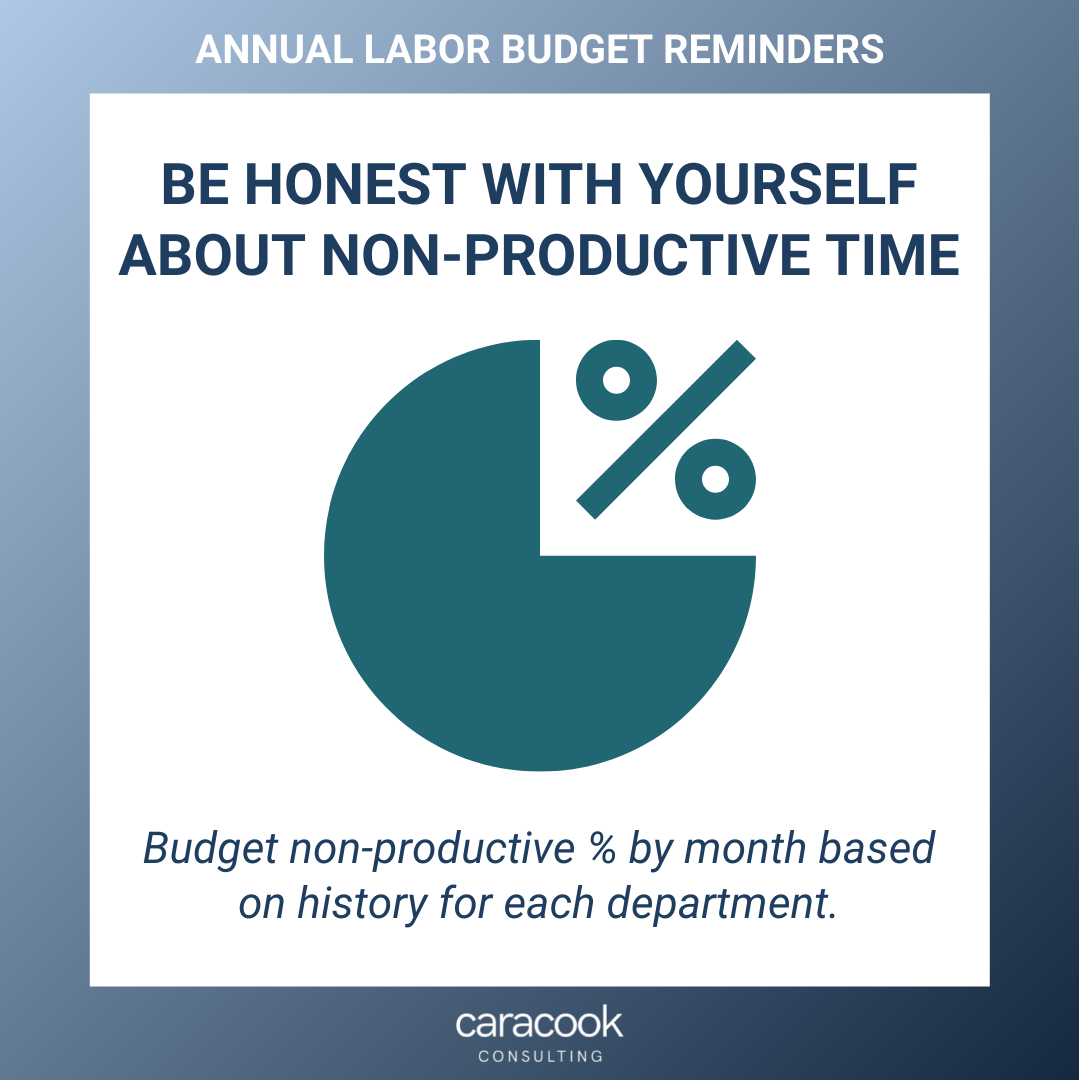annual labor budget top tips
CONSIDERATIONS
We have a lot more than five top tips for the annual budget process, but these are the big ones (#6 without a doubt would be “Do not plug negative FTEs into any department for any reason – including vacancies)! For those whose fiscal year is the calendar year, we hope this brief series provides some high-level checks to ensure your labor management plans support achieving financial budget goals. Stay tuned!
TARGET ALIGNMENT
Ensuring all productivity targets reconcile between the budget system and the productivity management system is critical, as systems rarely synchronize without intervention. Managing department level productivity ultimately supports financial performance to budget, as labor represents more than 50% of all hospital expenses. Some labor managers update targets in the productivity management system early - 1 to 3 months prior to the budget start date. This provides managers and directors ample time to adjust before the budget year starts.
NON-PRODUCTIVE TIME
It can be tempting to set a flat non-productive % across all months in each department to save time during the budget process, but this can grossly skew anticipated performance. For example, if a large department has seasoned staff with higher-than-average PTO banks, significant unbudgeted non-productive FTEs can drive missed targets – particularly in November and December! Best practice, when possible, is to budget non-productive % by month at the department level based on prior year run rate.
ORIENTATION HOURS
Has your turnover increased after COVID? Accurately project and budget your orientation needs for the coming year. We recommend obtaining current vacancies and average orientation time by individual cost center for the most accurate estimate. Unfavorable budget performance due to orientation is common, and can result in reduction in force. Don't let it happen to you!
50% FLEX RULE
When budgeting for volume growth or decline, a general rule for FTE growth is that your percent change in FTEs should equal half of the percent change of the volume, same store. This principle assumes that 50% of hospital FTEs are fixed and 50% are variable and flex with volume. For example, if budgeted adjusted patient days are rising by 6% over prior year, the budgeted FTEs should only rise by 3% from prior year. Similarly, if budgeted adjusted patient days are decreasing by 1%, budgeted FTEs should decrease by .5%. This concept applies both to budgeting against prior year as well as monthly actual performance against budget.
POSITION CONTROL
When budgeted FTEs are final, proactively update your position control to support performance to budget. Due to recruitment and onboarding lead time, update position control as soon as you can - start 1 to 3 months prior to the budget start date! This will help ensure departments do not hire over budget and support proactive recruitment for departments increasing FTEs in the budget.






